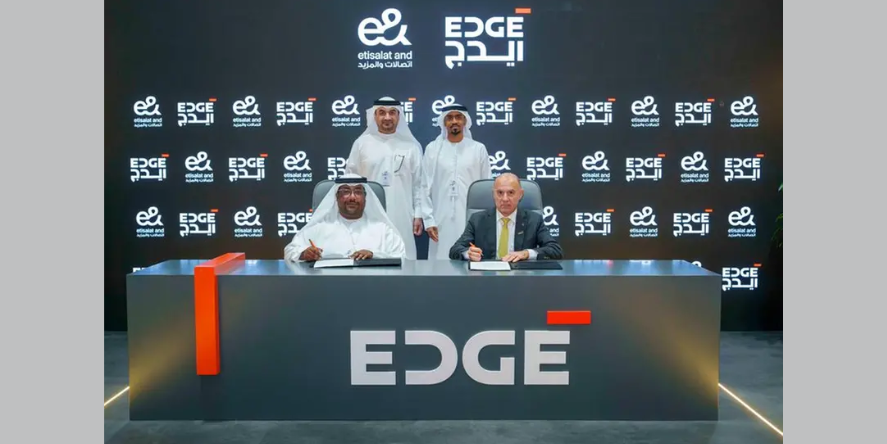Solar energy is poised to transform low-income economies, many of which are in the world’s sunniest regions. Solar’s growing share of the energy mix is being driven by better storage capacity and attractive generation costs. Large solar parks are now competitive with most alternatives; their average cost is below 5 cents per kilowatt-hour in some developing countries. Smaller-scale solar grids are also getting more competitive, opening new paths to financing this clean energy source. With rapid improvements in energy efficient lighting, refrigeration, water pumps, and other technologies for households, solar may soon be as game-changing as mobile phones have been in the last decade.
Solar’s potential is evident from its quick growth in India, where installed capacity recently topped 20 gigawatts (GW), putting the country closer to its ambitious target of 100 GW from clean energy by 2022 (an amount comparable to total installed capacity in the United Kingdom). Solar offers key advantages: facilities can be built quickly, do not need fuel to be transported to power plants, and can eliminate transmission costs where mini-grids or off-grid units are built to serve local communities.
Solar can reach people in areas that are poorly served by the national grid or electric utilities. Mini-grids and off-grid generation are well suited to low-income countries where much of the population lives in rural areas; they can also increase access in urban areas. This relieves pressure on traditional energy companies, which are often unable to provide adequate service because consumer tariffs are not enough to cover their costs. They have had to rely on government transfers, which have become more and more precarious. Inadequate service, in turn, makes customers less willing to pay for an expensive and erratic power supply. In a vicious cycle, large physical and commercial losses have further weakened the financial capacity of these companies and their ability to invest.
Technology trends in solar power are changing the supply and demand equation, making it easier to align incentives for producers and consumers, particularly in smaller communities. With costs falling and effective pay-as-you-go sales plans being introduced, the landscape is becoming like mobile communications, where consumers are ready to pre-pay if they value a service and find it affordable. This scenario already applies to small grids, especially in communities where users can easily verify each other’s behavior and help install and maintain equipment. It may soon apply to rooftop units, especially if storage costs drop further. The flexibility of deploying solar power can also make the provision of electricity subject to price competition that benefits consumers.
Solar offers a new financing equation in part because it does not face the price volatility associated with fuel costs for traditional power plants. Together with the ability to charge more effectively for the service, lower volatility makes it easier for investors to hedge their income streams and helps compensate for the higher capital intensity of solar. Less uncertainty also simplifies the design of contracts, the ex-ante determination of the subsidies needed, and budgeting over the lifetime of a project.
In this new environment, the regulatory burden to protect rights and align expectations of investors and consumers becomes lighter and easier to standardize. This can reduce transaction costs and the need for credit enhancement. The main risk becomes macroeconomic, from the impact of currency fluctuations on the cost of hard currency financing. This can largely be addressed by government guarantees to top off the debt service when the currency goes beyond a certain threshold. The liquidity can be repaid by the electricity provider as the impact of depreciation wears off or is absorbed by gradual tariff adjustments that permit the pass-through of currency fluctuations while keeping the service affordable. In these conditions, the macroeconomic risk becomes a liquidity risk rather than a solvency risk. The guarantees can be efficiently backed by contingent loans from multilateral development banks (MDBs), helping reduce the risk premium on commercial financing.
In some cases, MDBs can also help provide low-cost finance; blending it with commercial finance would help defray some investment costs and reduce the payback period to investors. This could address some of the obsolescence risks in the solar industry. In specific cases, the overall financing equation could benefit from treating solar energy as a potential export resource from low-income countries to mature economies. One early example is a new transmission link between Italy and Tunisia’s electricity grids, a project being prepared by the Global Infrastructure Facility (GIF), housed at the World Bank.
To make the most of solar power’s potential for profound transformation in many countries, it will be important to introduce low-cost, efficient energy storage at scale and understand better what’s possible in the new financial equation. It will also be essential to coordinate efforts globally. To help jump-start cooperation, the International Solar Alliance, supported by France and India and headquartered in India, is bringing together more than 120 countries to accelerate the deployment of solar energy. The alliance is helping realize a global vision in which solar plays a crucial role in mitigating climate change and ensuring a cleaner energy future.










